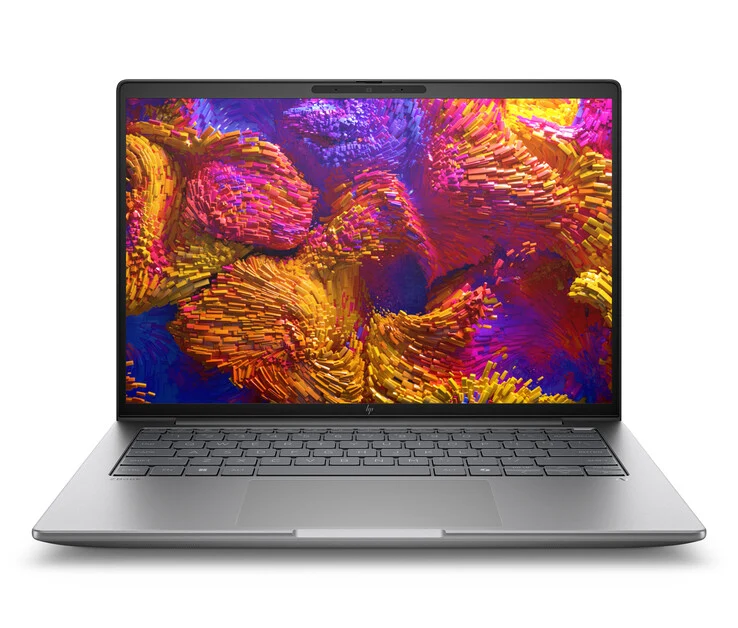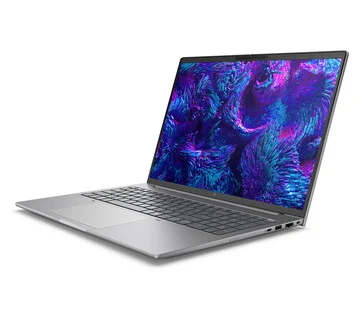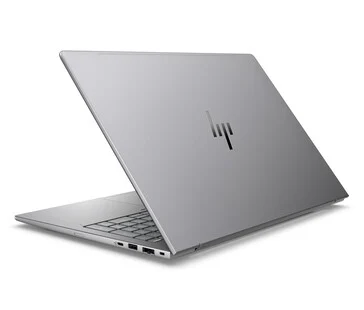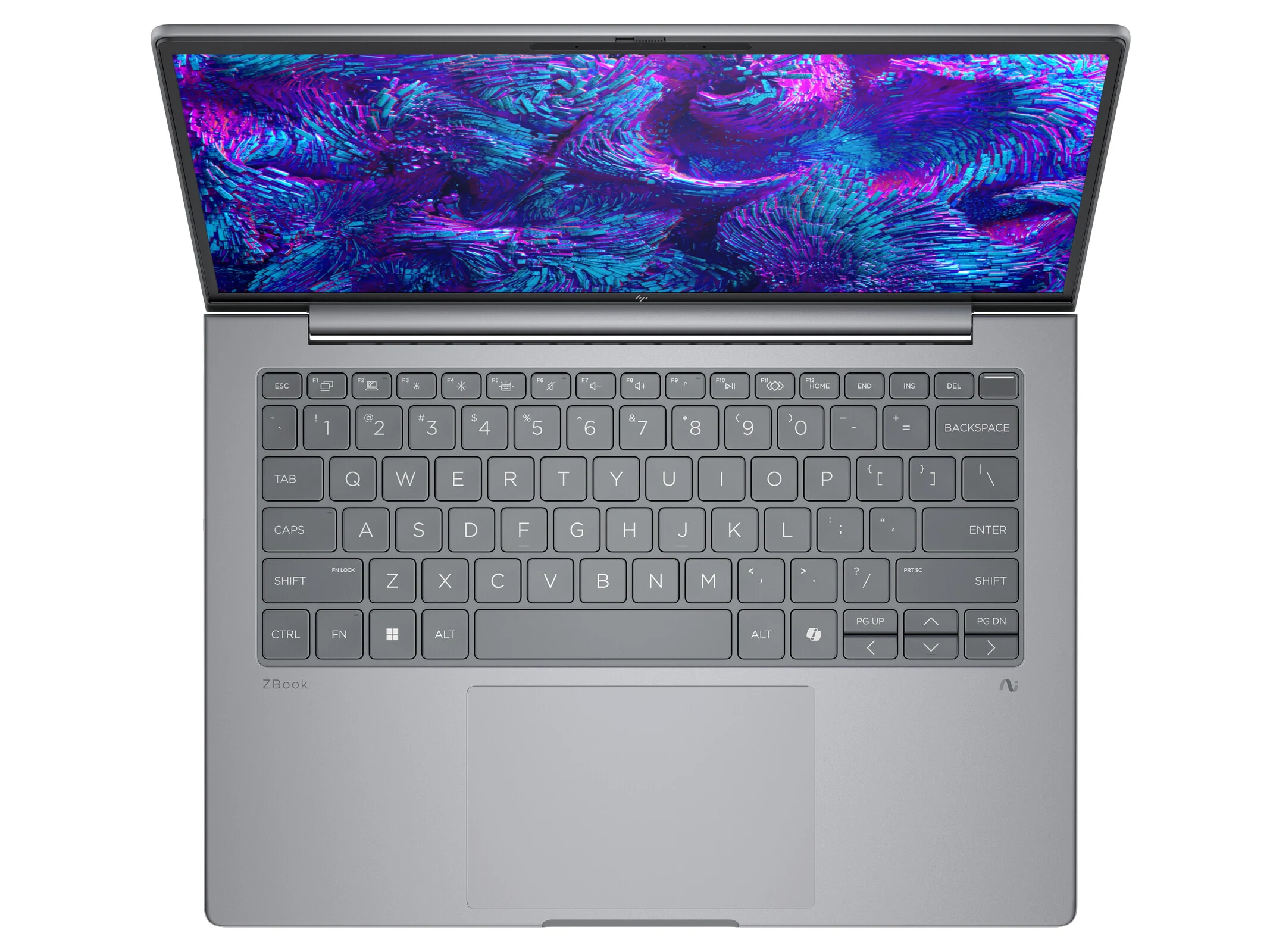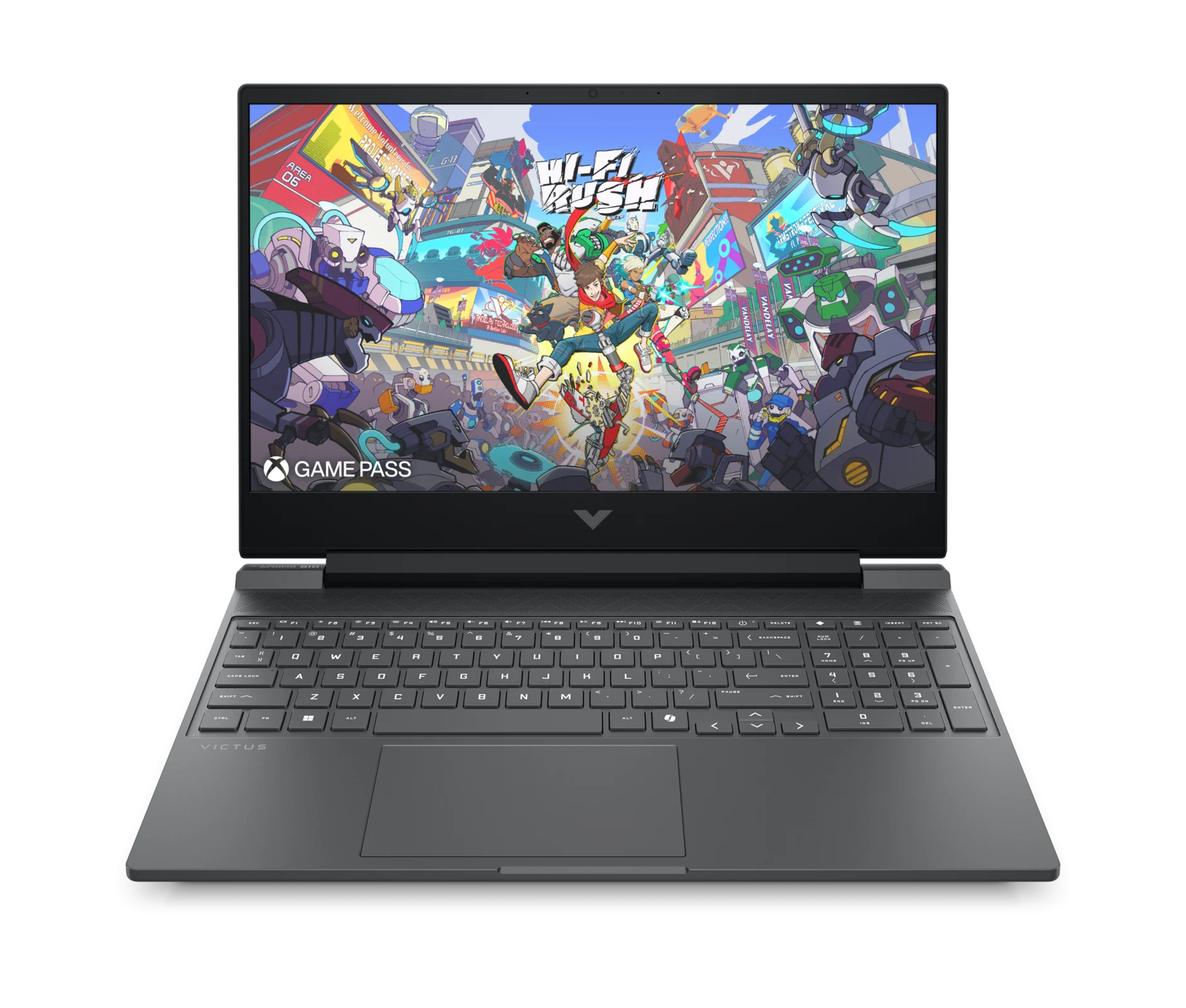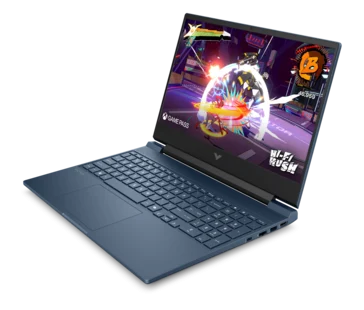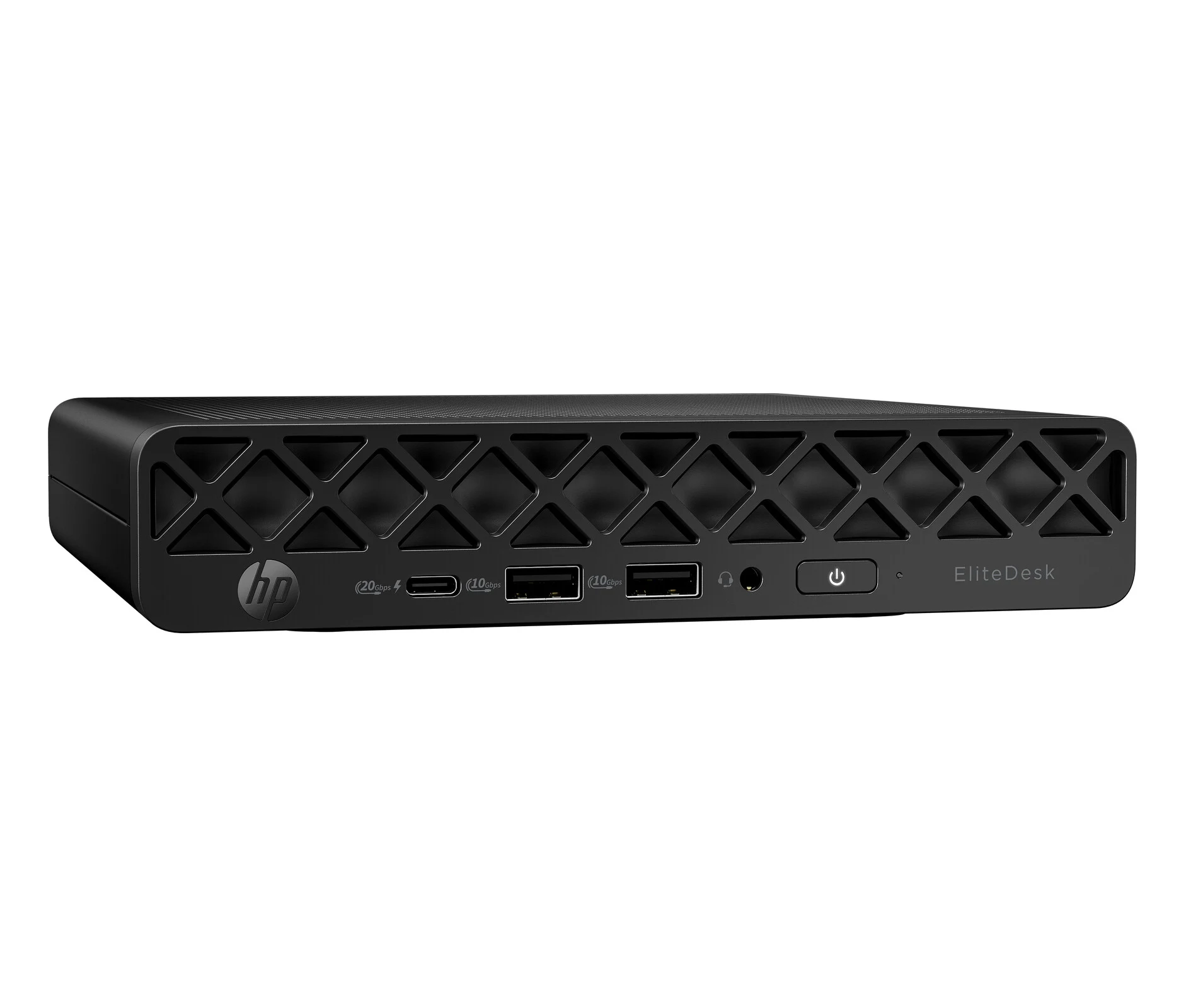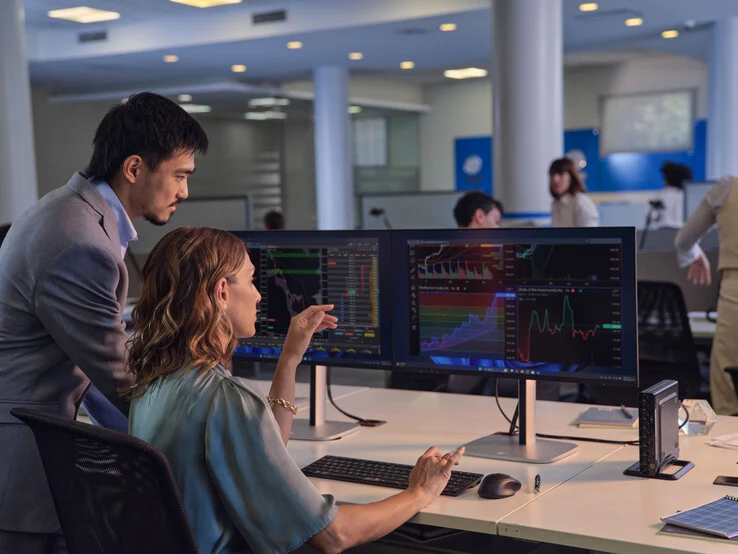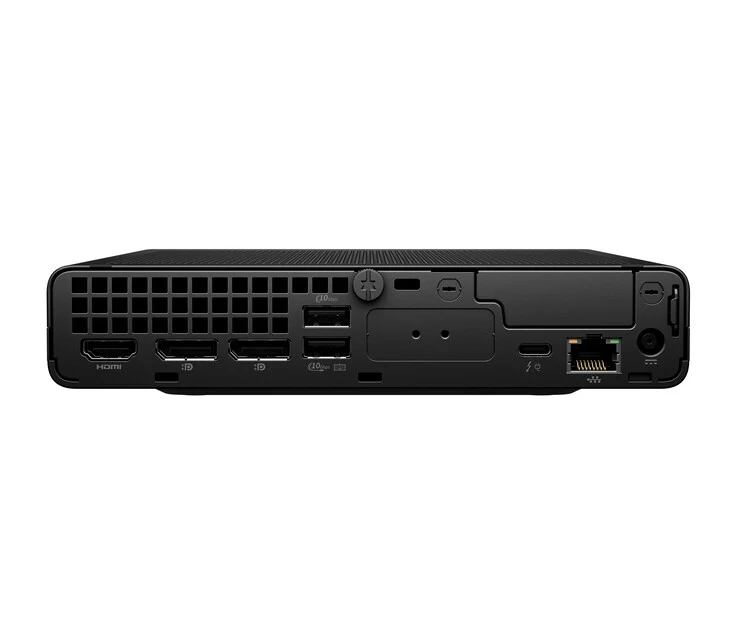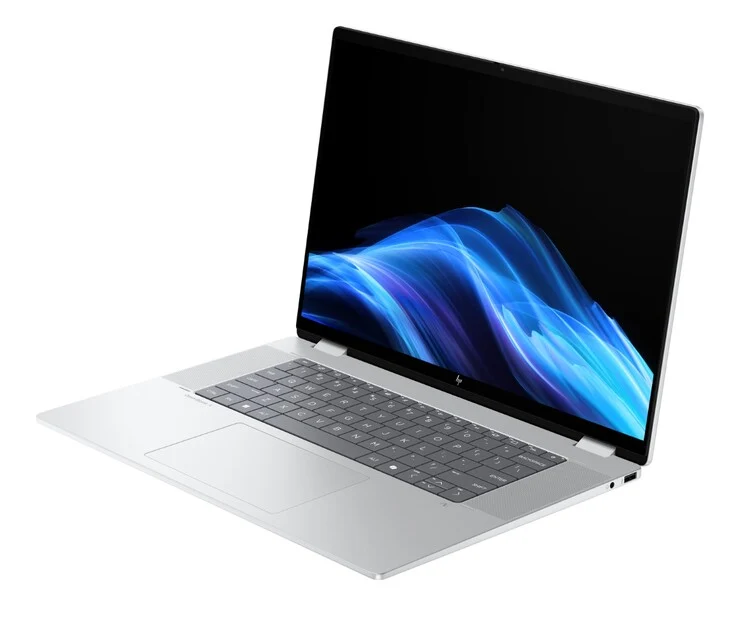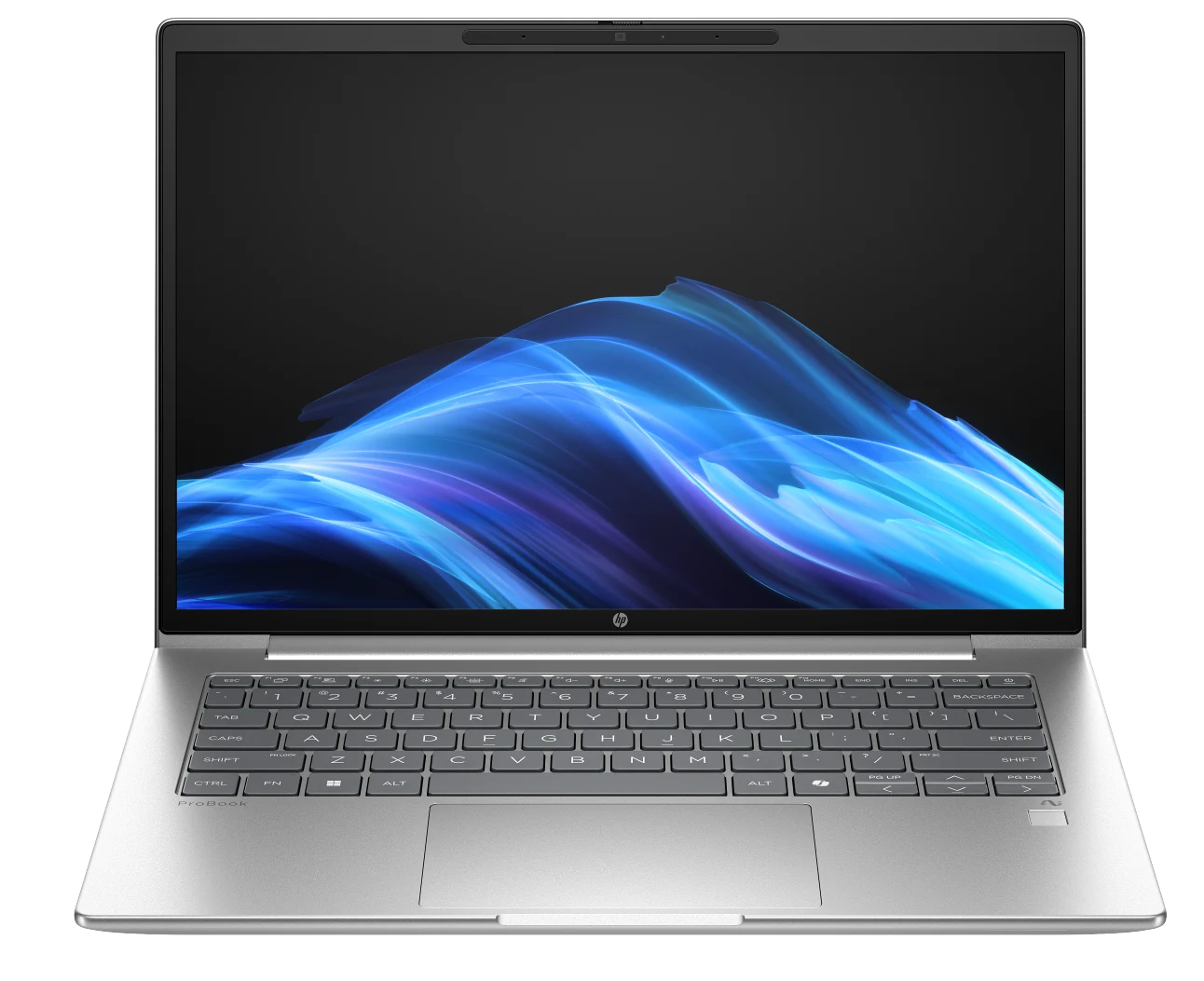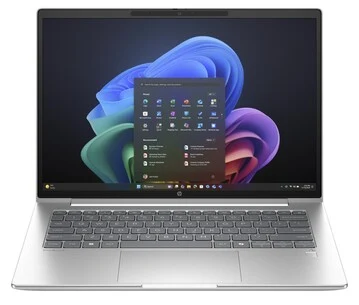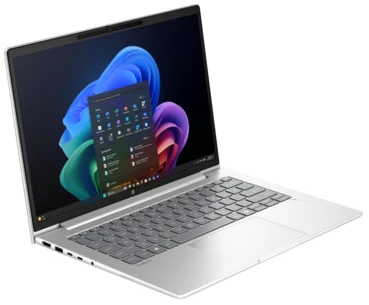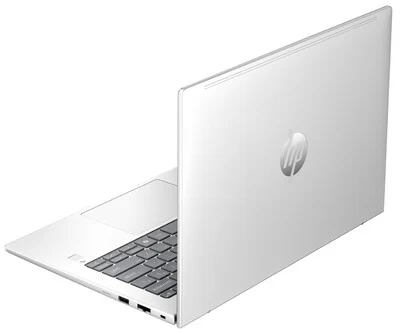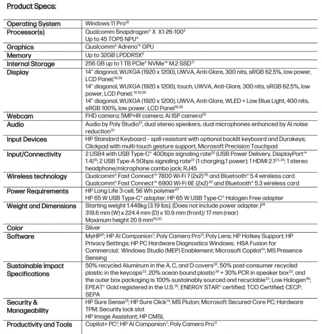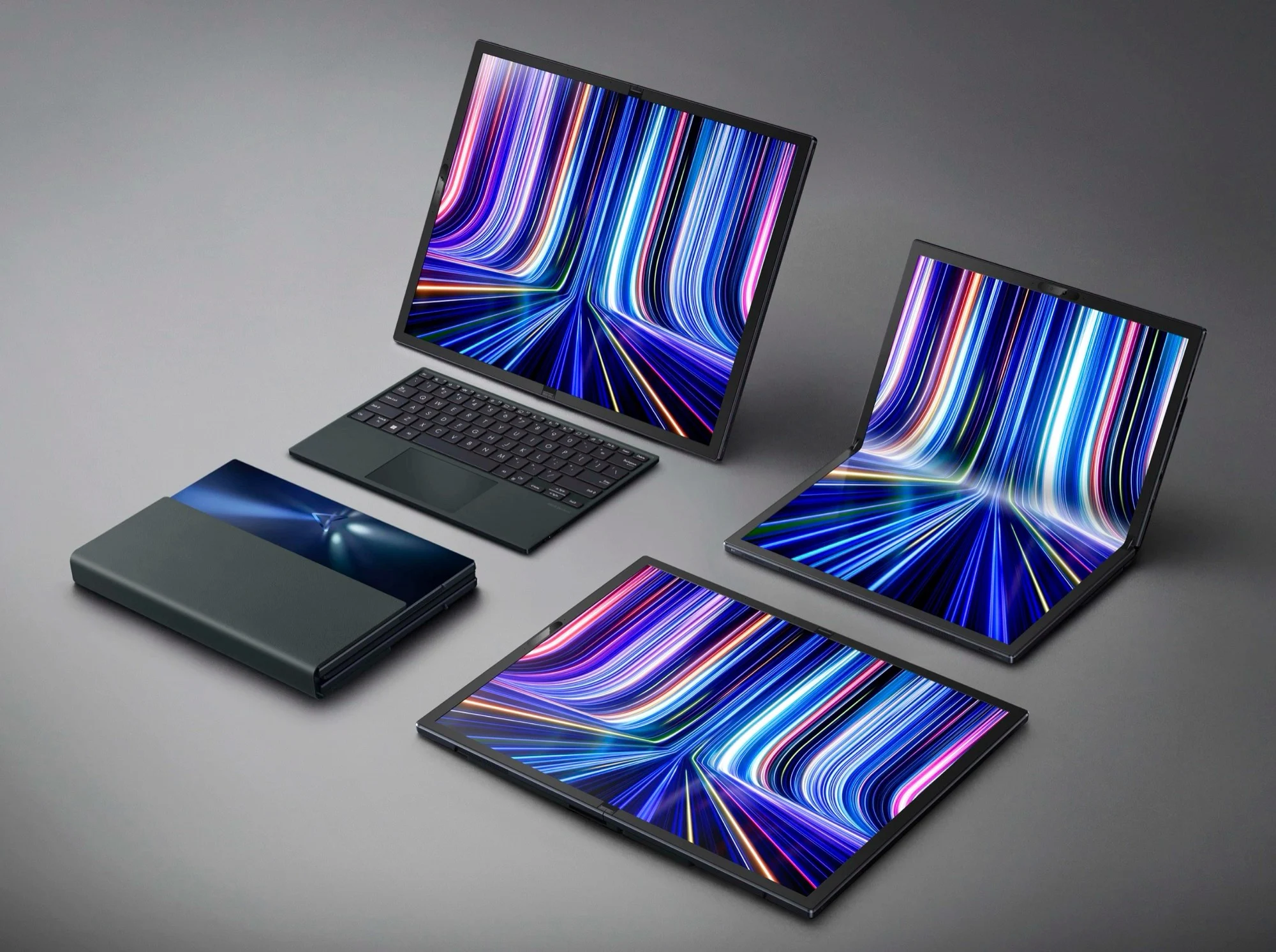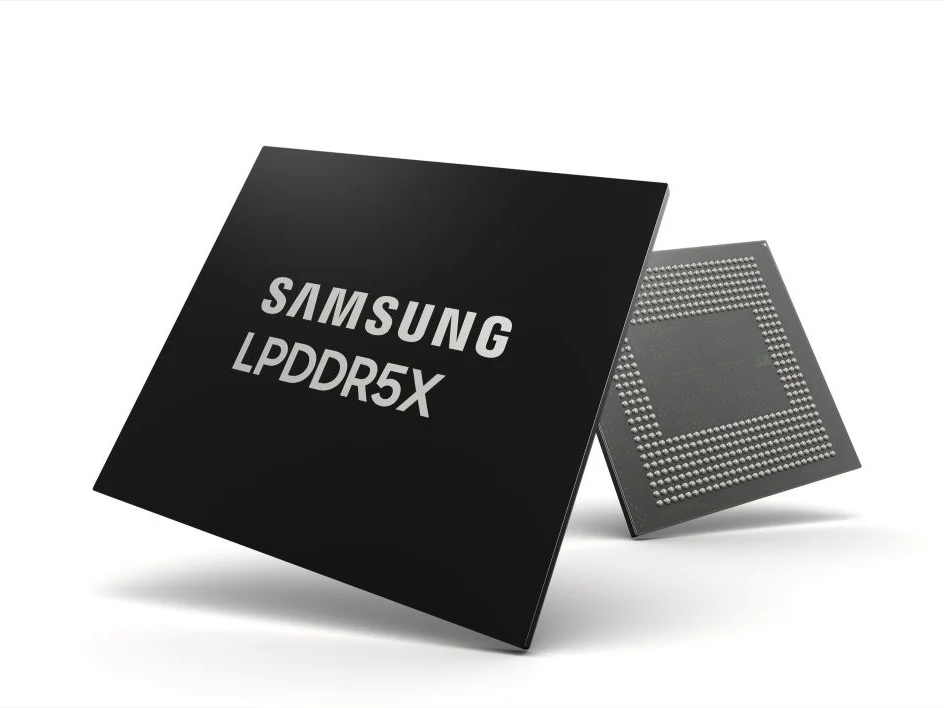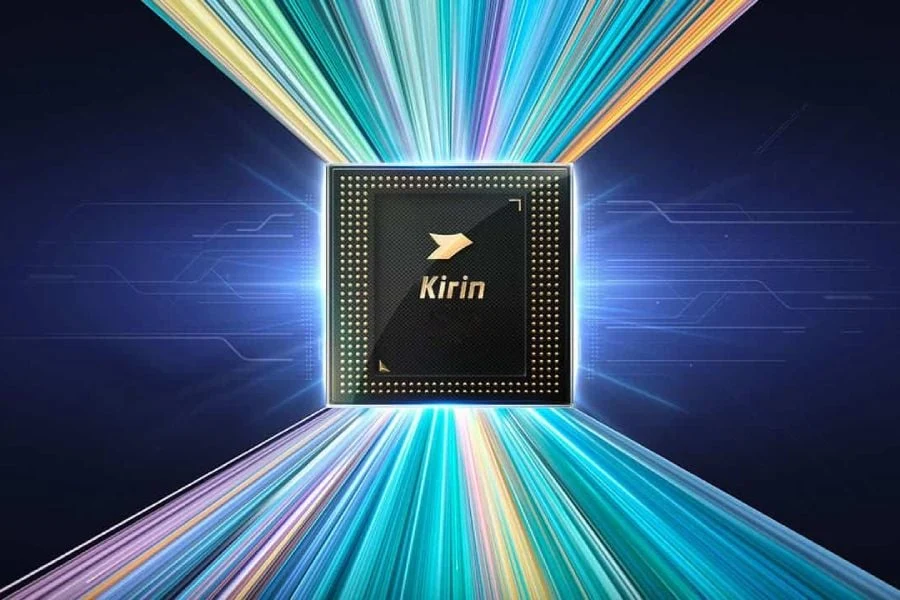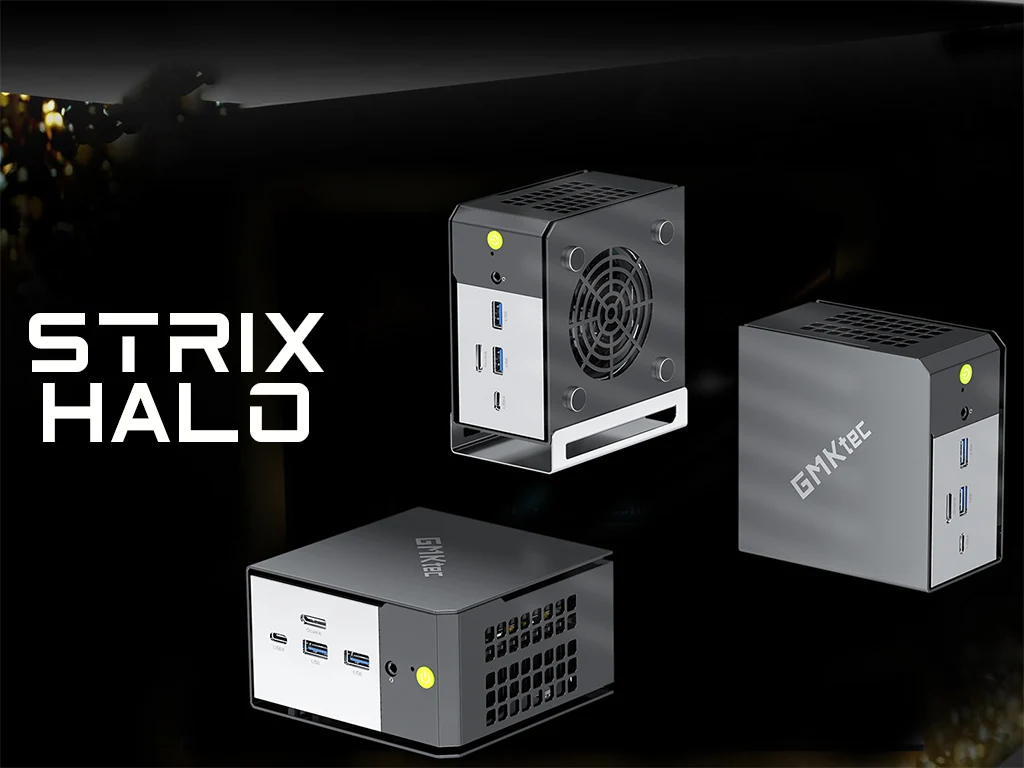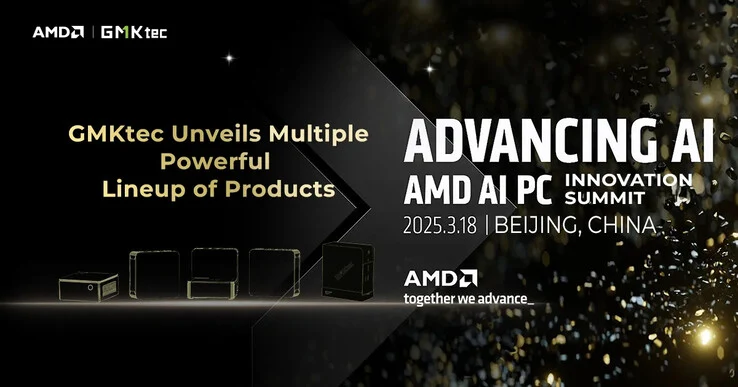Key Takeaways
1. The HP ZBook 8 series includes both Intel and AMD processor options, providing a range of CPU choices for users.
2. Display options vary from a basic 1920 × 1080 screen to a premium 2560 × 1600 screen with high brightness and refresh rate.
3. Each model features a comprehensive port selection, including HDMI 2.1, Thunderbolt 4, and multiple USB ports.
4. The ZBook 8 14 has a 62 Wh battery and weighs 1.44 kg (3.18 lbs), while the ZBook 8 16 offers a larger battery option and weighs more.
5. Both models include spill-resistant keyboards and advanced login features like fingerprint scanners and optional IR cameras.
HP has made an announcement regarding updates to its ZBook 8 workstation laptop series, introducing a new range of powerful machines that promise strong CPU performance and impressive display choices. These laptops also come with a wide variety of ports, which is what you would expect from a workstation model.
Specifications and CPU Options
The HP ZBook 8 14 will offer options for both Intel and AMD processors. The AMD choices include the Ryzen 5 PRO 230, Ryzen AI 7 PRO 350, and Ryzen AI 9 HX PRO 370, which are basically rebranded AMD Hawk, Krackan, and Strix Point APUs featuring six, eight, and twelve CPU cores. On the Intel side, there are several options such as the Core Ultra 9 285H, Core Ultra 7 265H, 265U, 255H, and 255U, as well as the Core Ultra 5 235H, 225U, 235U, and 225H models. This variety gives consumers a lot of options for CPU power, but it might be somewhat perplexing for those less familiar with technology. The RAM is capped at 64 GB of DDR5-5600 in a dual-channel setup with ECC support.
Display and Port Selection
Display choices include a basic 1920 × 1080-pixel screen with 300 nits brightness and only 62.5% sRGB color space coverage, alongside a premium option offering 2560 × 1600-pixel resolution, 500 nits brightness, and a 120 Hz refresh rate. HP will also provide a 1080p touchscreen and another 1080p display that features HP Sure View privacy and Low Blue Light technology.
In terms of connectivity, every version of the HP ZBook 8 will come with 1× HDMI 2.1, 2× Thunderbolt 4 ports (supporting DP2.1 and USB PD), 1× RJ-45 port, 1× USB type-A 5 Gbps port, and a 3.5 mm audio combo jack. The ZBook 8 14 laptops can be configured with up to 2 TB of PCIe Gen4 ×4 TLC SSD storage. Currently, HP has not announced any 14-inch AMD models with dedicated graphics, but the Intel variants will have the option of an Nvidia RTX 500 Ada laptop GPU with 4 GB of GDDR6 VRAM, which should suffice for basic graphic tasks in production and design workflows.
Battery Life and Weight
The ZBook 8 14 is equipped with a 62 Wh battery, and it is not particularly lightweight, weighing a minimum of 1.44 kg (3.18 lbs). Its chassis measures 1.89 cm (0.74 in.) thick.
Apart from the larger screen, the HP ZBook 16 is nearly the same as the 14-inch version, with the exception that AMD Ryzen CPUs are not available for the ZBook 16, restricting it to the Intel Core Ultra 9, Core Ultra 7, and Core Ultra 5 previously mentioned.
Both ZBook 8 14 and ZBook 8 16 models come with spill-resistant full-size keyboards that have LED backlighting, making them suitable for late-night work. Users can log in using a fingerprint scanner or an optional IR feature integrated into the 5 MP webcam. The ZBook 16 can be equipped with either a 62 Wh or a 77 Wh battery and weighs at least 1.72 kg (3.79 lbs). HP asserts that the 140 W fast charger can recharge up to 50% of the battery in just 30 minutes. The ZBook 8 16 is also a bit thicker than the ZBook 8 14, measuring 1.92 cm (0.76 in.).
Source:
Link
